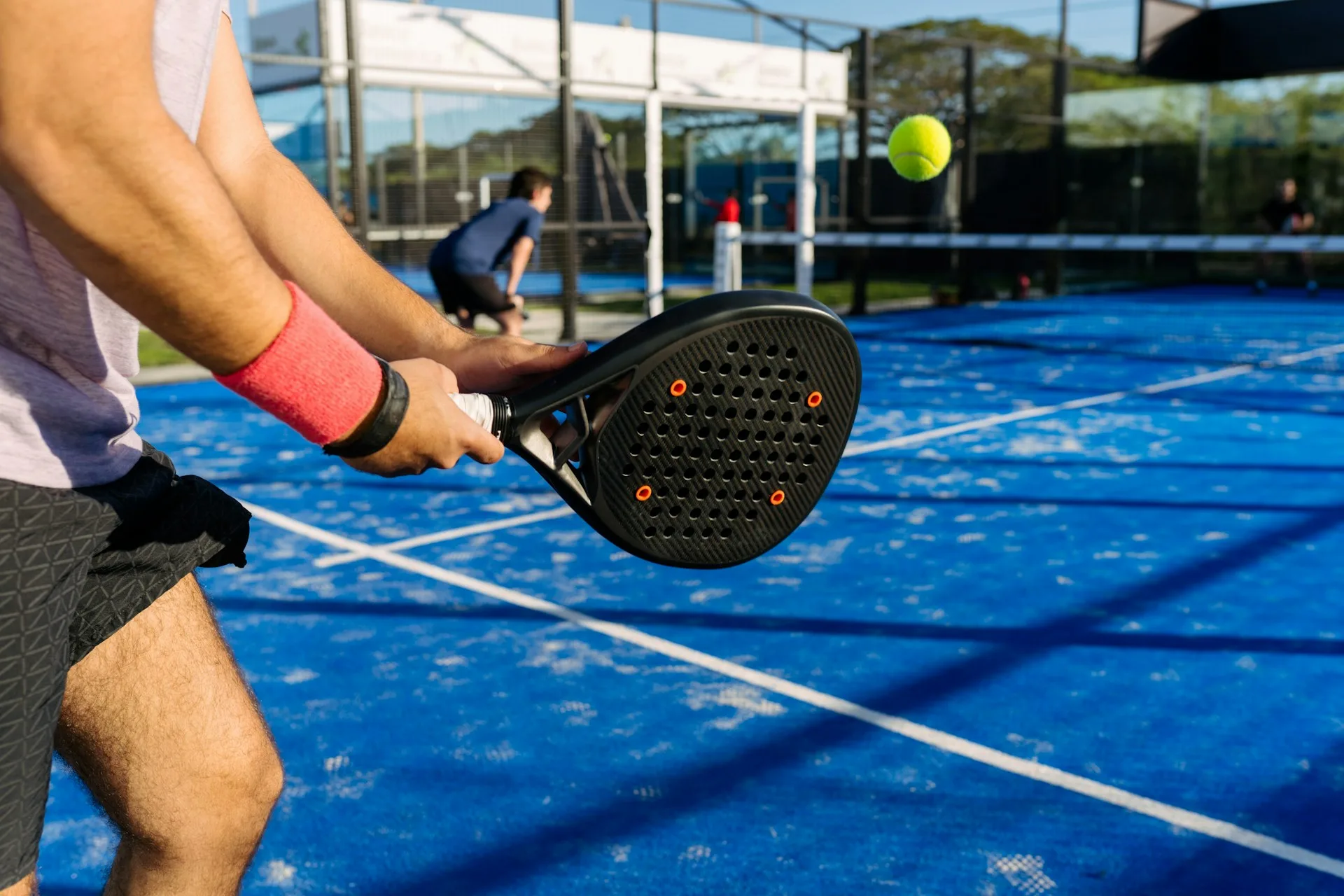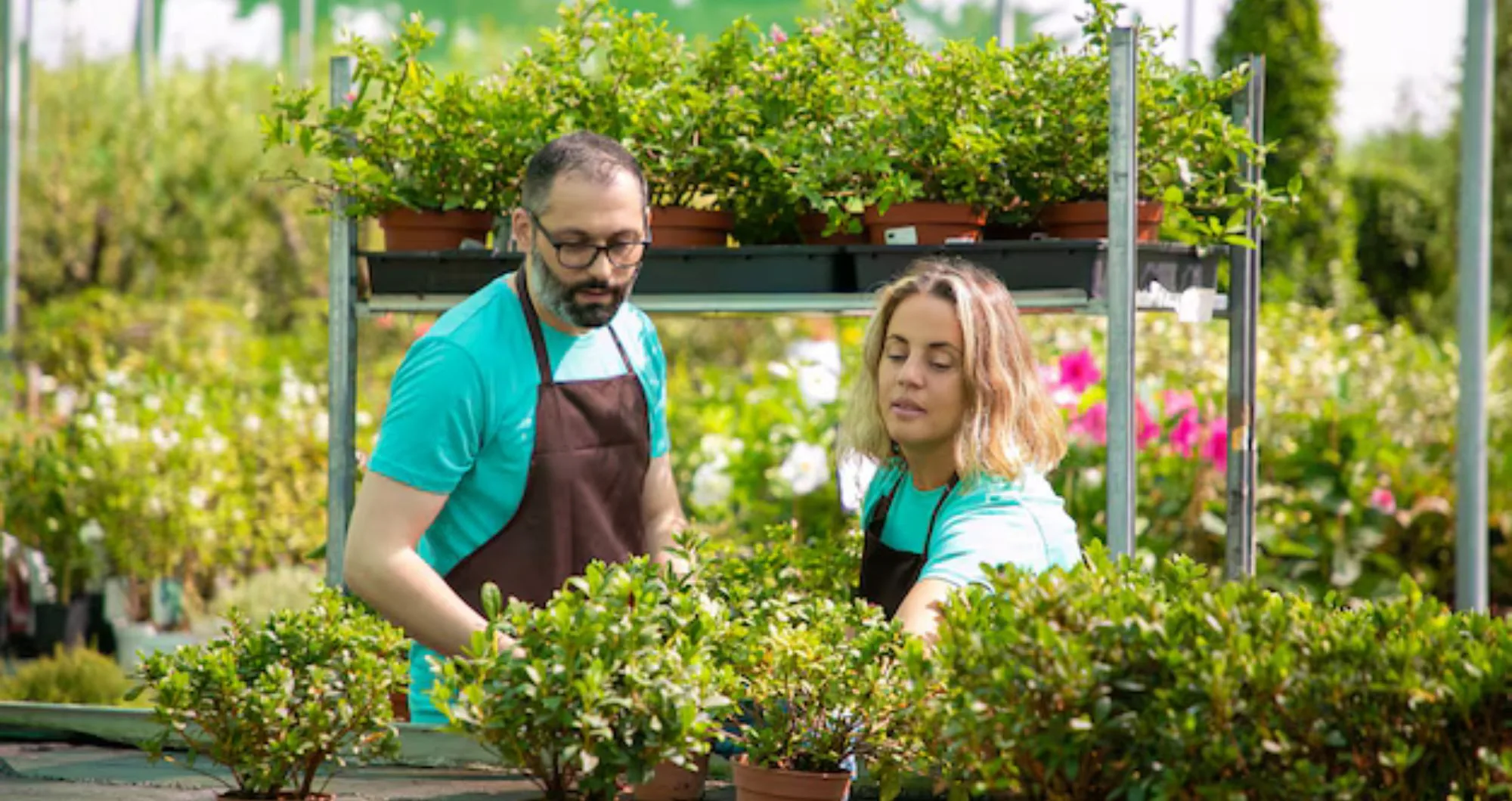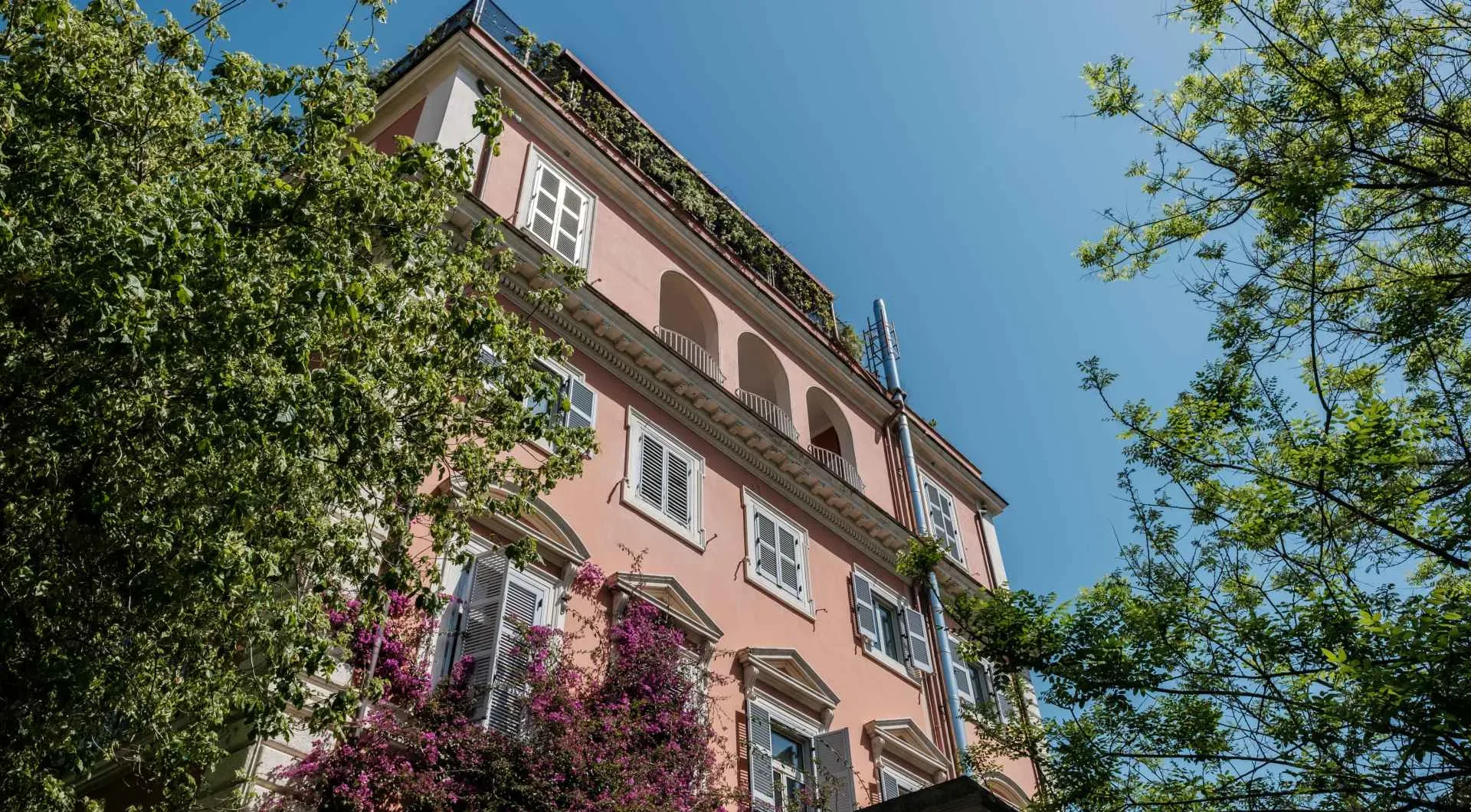Padel is rapidly becoming a favourite among sports enthusiasts in London. This fun and engaging game combines elements of tennis and squash, making it accessible to players of all skill levels. Across the capital, new courts are popping up, reflecting the sport’s growing popularity and vibrant community.
The appeal of padel lies in its social nature. Players enjoy the fast-paced action while connecting with friends and meeting new people. Whether someone is picking up a racket for the first time or looking to improve their game, padel offers an energetic environment and welcoming atmosphere.
As more people discover this sport, London is becoming a hub for padel activity. Many local clubs are expanding their offerings, providing opportunities for individuals to participate in leagues, tournaments, and social events. With such strong growth, padel is set to transform the city’s sports scene.
The Rise of Padel in London
Padel has quickly gained popularity in London, becoming one of the fastest-growing sports in the city. This rise can be seen in the increasing number of courts and players, as well as support from local and national governing bodies.
Popularity and Growth
In recent years, padel has attracted many players in London. The sport combines elements of tennis and squash, making it appealing to a wide range of people. Various clubs are reporting growth in membership and participation.
The increase in beginner-friendly programs has also played a role. Organisations such as Playtomic help connect players and courts, making it easier for newcomers to join. The popularity of well-known figures like Andy Murray and Rafael Nadal endorsing padel has further fuelled interest.
Infrastructure and Accessibility
The rise of padel has led to a surge in new courts across the city. As of now, there are over 70 padel courts in London, with more planned to meet rising demand. Many clubs are investing in facilities to accommodate this growth.
Local clubs are making facilities accessible to everyone. They offer various membership plans and pay-as-you-play options. This inclusion helps attract players of all skill levels, ensuring that the sport is easy to access.
Local and National Governing Bodies
The expansion of padel in London also benefits from strong support by governing bodies. The Lawn Tennis Association (LTA) is playing a key role in promoting the sport. They collaborate with clubs and coaches to encourage growth.
The British Padel Association supports this development by organising events and competitions. Together, these organisations promote training programs for players and coaches. Figures like Tia Norton and Tom Murray contribute to the community through their involvement in coaching and event organisation.
Understanding Padel
Padel is rapidly gaining popularity in London and beyond. This section explores the fundamentals of the game, how it differs from similar sports, and its strong social aspect.
Basics of the Game
Padel is a racquet sport played in doubles, similar to tennis but with unique features. The game takes place on a smaller court, enclosed by glass walls. These walls allow players to hit the ball off them, creating a dynamic and fast-paced experience.
Players use solid paddles instead of traditional tennis rackets. The ball is lighter and bounces less, making it easier for newcomers to play. Scoring follows similar rules to tennis, with games typically going to 4 points and sets to 6 games.
Accessibility is a key factor in padel’s growth. It is easy to learn and can be played by people of all ages and skill levels. Many tennis clubs in London are adding padel courts, making it more available for everyone.
Differences from Related Sports
Padel shares similarities with tennis and squash but has distinctive features. Unlike tennis, the court is smaller and enclosed by glass walls, which allows for unique shots and strategies. In squash, players are in a fully enclosed court, while padel players can also use the walls strategically.
The use of doubles is more common in padel, promoting teamwork and communication. This contrasts with singles play in tennis and squash, which can be more competitive. The game emphasises quick reflexes and strategic positioning rather than pure power.
These differences make padel distinct and attractive for players looking for a new challenge. The sport’s rules and setup encourage a fun and engaging environment.
The Social Fabric of Padel
The social aspect of padel is one of its biggest draws. Many players appreciate the community feeling it fosters. Local clubs often host events, tournaments, and casual matches, bringing people together.
People can easily join or start a game with friends, making it a fantastic way to meet new players. The nature of playing doubles encourages interaction and teamwork. Groups can bond over shared experiences on the court.
Grassroots programs are also promoting padel in London, making it easier for beginners to learn the sport. Schools and community centers are introducing padel to youth, helping to grow the player base and create a vibrant culture around the game.
Feature image by Andy Quezada on Unsplash








